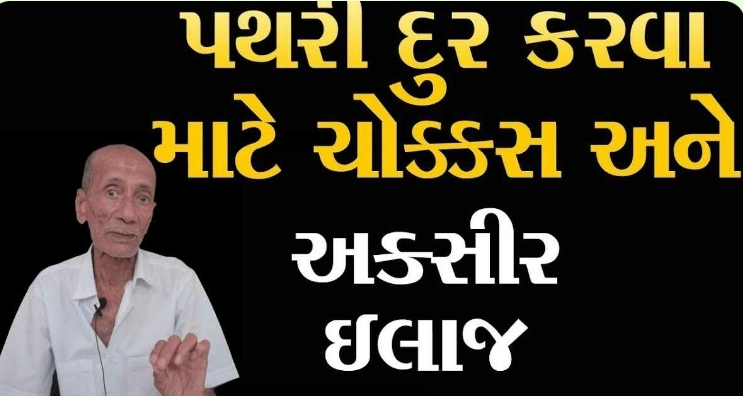Diagnosis of kidney stones is a controversial process. Usually, to confirm the diagnosis of this disease, imaging tests are done on the patients. In case of medical emergency non-contrast CT scan for patients, it can be done faster and it helps to rule out other causes of abdominal and abdominal pain.
However, in recent times, as it is believed that CT scans expose too much radiation to patients, ultrasound scans have been used along with plain abdominal X-rays to diagnose kidney stones. Is. When the drug is administered to patients, it has been observed that small stones pass out naturally through urine. However, for larger stones (beyond 9–10 mm) lithotripsy is performed to break larger stones into smaller pieces, so that they can pass out through the urinary system.

According to the type of stone, treatment is provided to the patient. Generally, a person is advised to drink at least eight glasses of water to increase urine flow. People who suffer from severe dehydration, nausea or vomiting may be advised on intravenous fluids

અહીંથી વાંચો સંપૂર્ણ માહિતી ગુજરાતીમાં
VIEW DETAIL VIDEO FROM HERE
In extracorporeal shock wave lithotripsy, sound waves are used to break up large stones so that they can easily pass into the ureter and the same can be passed easily. Local anesthesia is given to the patient during the procedure. The patient may have bruising or bleeding after the procedure. The same can be treated with pain relievers or other necessary medicines.


